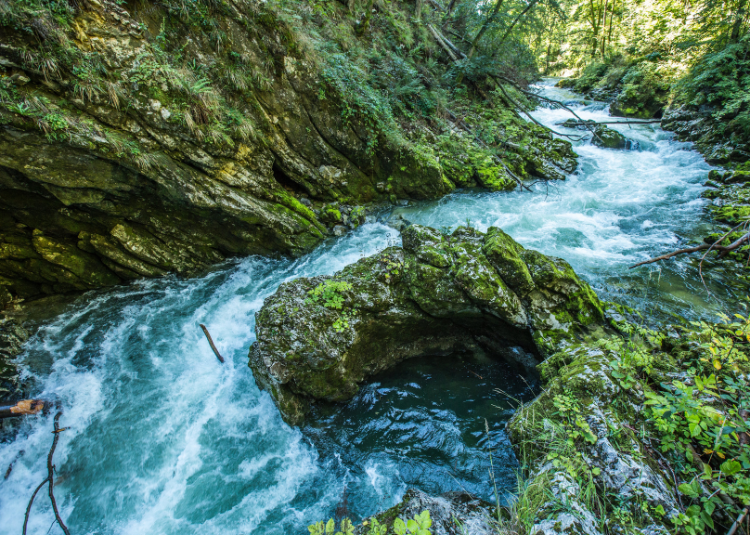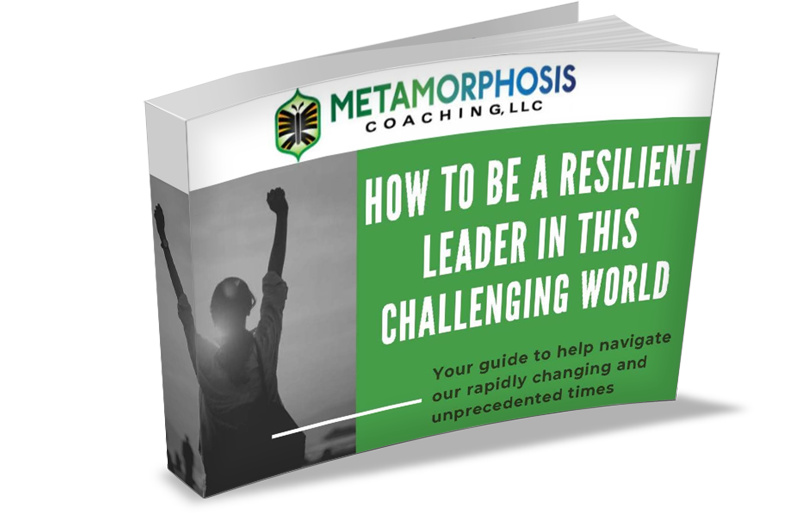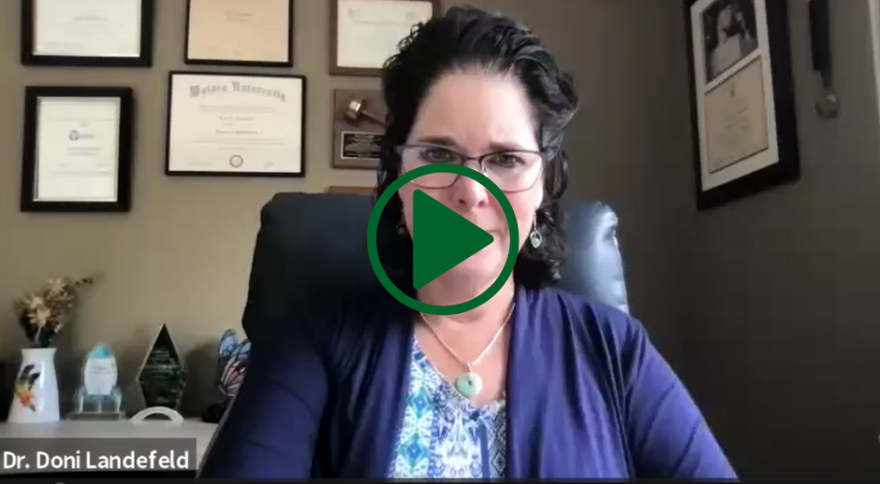Unlocking the Enviable Flow State to Amplify Engagement

Unlocking the Enviable Flow State to Amplify Engagement
by Doni Landefeld, Ph.D., ACPEC
Continuing our deeper dive into Martin Seligman’s ‘PERMA’ model, last month we unpacked generating more positive emotions, the “P” in the model. This month, we explore engagement, the “E” in Seligman’s model and striving towards more experiences in the enviable state of Flow.
Engagement involves immersing ourselves in activities that captivate our attention and align with our skills. This state of flow, as renowned psychologist Mihaly Csikszentmihalyi describes, occurs when we are fully absorbed in a challenging and rewarding task. By identifying our strengths and leveraging them in our professional and personal pursuits, we can achieve a sense of mastery that propels us toward peak performance and fulfillment. It’s about losing track of time because we’re so engrossed in what we’re doing – a sure sign that we’re in the zone.
In the pursuit of productivity, creativity, and fulfillment, many seek the elusive state of flow—a mental state where one is fully immersed and focused in an activity, experiencing a sense of energized focus, full involvement, and enjoyment. Csikszentmihalyi describes flow as “a state in which people are so involved in an activity that nothing else seems to matter; the experience is so enjoyable that people will continue to do it even at great cost, for the sheer sake of doing it.”
Meaningful engagement to experience more Flow depends not only on what we do but how we do it because we, as human beings, have a limited bandwidth for attention. Therefore, what we pay attention to during waking hours is an important factor in how we experience our time and quality of life.
Here’s how to unlock the flow state and harness its benefits:
First, identify activities that match your skills and challenge level. According to Csikszentmihalyi, flow occurs when the challenges of a task are perfectly matched with one’s skills, neither too easy nor too difficult. Engage in activities that push your abilities just beyond their current limits, providing a sense of achievable challenge.
Second, focus your attention fully on the task at hand. Flow arises when distractions fade away, and concentration becomes laser-sharp. Csikszentmihalyi notes that during flow, “The ego falls away. Time flies. Every action, movement, and thought follows inevitably from the previous one, like playing jazz.” Cultivate mindfulness and eliminate interruptions to maintain deep immersion in your chosen activity.
Also, cultivate clear goals and immediate feedback mechanisms. Csikszentmihalyi highlights the importance of clear objectives and instant feedback to maintain flow. Define specific, achievable goals for your task and establish ways to monitor your progress in real time, allowing for continuous adjustments and improvements.
Finally, cultivate a mindset of enjoyment and intrinsic motivation. Flow is characterized by a deep sense of enjoyment and intrinsic satisfaction derived from the activity itself, rather than external rewards. Approach your chosen tasks with curiosity, passion, and a genuine interest in the process, rather than focusing solely on outcomes.
Although these steps can get you and your team members started, there’s no substitute for working with a strategic accountability partner. Doing so will open up new opportunities like utilizing assessments to determine skills and strengths, incorporating mindfulness activities best done through building a foundation in positive intelligence, and establishing realistic goals aligned with strategic steps. Journaling in this instance, though helpful in so many other ways to build positive and emotional intelligence is not as effective to enhance meaningful engagement because it doesn’t focus on the present moment; it is instead retrospective and relies on memory. So, we recommend a technique called the Experience Sampling Method (ESM). The ESM method requires recording responses several times per day at random intervals. Setting a timer can be a helpful way to schedule these moments to intentionally record responses. For even greater impact, partnering with a strategic accountability partner will help to explore your responses and determine the next action steps. Use the ESM with the following inquiries:
- At this moment, what are you doing?
- With whom are you doing the activity or are you alone?
- How happy are you on a scale of 0 to 10?
- How much skill is required for this activity? (none, some, moderate, a lot)
- Describe your level of motivation as you engage in this activity (nothing else to do, required to do it, know it needs to be done, want to do it)
- How challenged do you feel by the activity on a scale from 0 to 10?
- How much are you concentrating on what you are doing on a scale of 0 to 10?
“It’s no longer about what our leaders are doing, it’s about who they are being” – Brandon Hall Conference, February 2024
How content are you with your level of “being?”
Record your results over a few weeks to compare patterns. The results can be eye-opening, even shocking. Most people experience the highest level of engagement when they are involved in activities that lead to personal growth and social synergy, contributing to the greater good. It’s important to understand the percentage of time spent in different categories of activities and with whom. Which activities lead you into Flow, if any? How often does a state of Flow occur for you in a typical week? Remember that focus is important and goals help command attention. Therefore, FLOW, a term coined by Mihaly Csikszentmihalyi may be described as:
- Feeling like effortless action
- Involving goals that demand specific responses and where clear, relevant feedback is available, involving activities that require high levels of skill and concentration
- Generating a “paradox of control” – feeling sometimes nearly on the edge of being out of control and feeling exhilarated at the completion of a task because one was able to maintain control over one’s movement or the environment.
- Losing self-consciousness – that is NOT worrying about what others think
Examples of Flow can be found in sports such as sailing, kayaking, crew (check out the book or movie “Boys in the Boat” as a great example) and rock climbing where the demand for skillfulness is high and the feedback is immediate. Surgery is a great example of being in a flow state and many find flow while gardening, creating art, weaving or as I do when performing music.
By aligning challenges with skills, maintaining focus, setting clear goals, and fostering intrinsic motivation, you can increase the likelihood of experiencing the state of flow in your daily life. Embrace the flow state as a pathway to heightened productivity, creativity, and personal fulfillment. Flow = More meaningful engagement!
To learn more, schedule a call with us:
Special Report:
How to be a Resilient Leader in this Challenging World. PLUS More Free Resources!

Sign up below and get your FREE "How to Be a Resilient Leader in This Challenging World" Report today!

